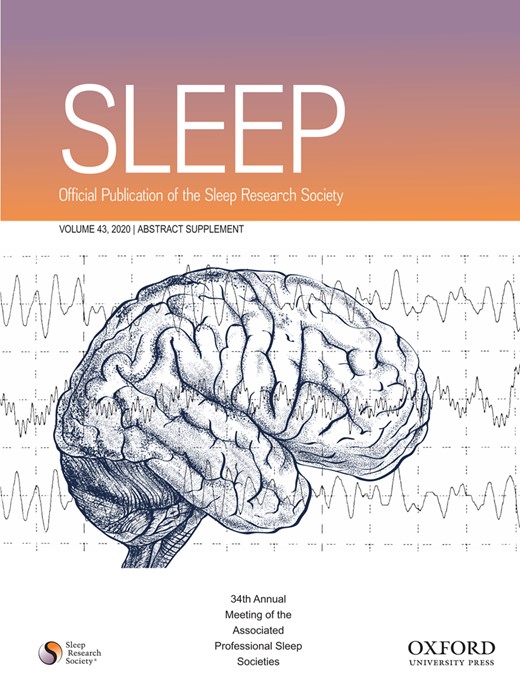-
PDF
- Split View
-
Views
-
Cite
Cite
B Kolla, B J Coombes, T I Morgenthaler, M P Mansukhani, 0173 Spring Forward, Fall Back: Increased Patient Safety-Related Adverse Events Following the Spring Time Change, Sleep, Volume 43, Issue Supplement_1, April 2020, Page A69, https://doi.org/10.1093/sleep/zsaa056.171
Close - Share Icon Share
Abstract
“Spring forward,” the start of daylight savings time (DST) reduces sleep opportunity by an hour. The resulting sleep deprivation in healthcare workers can increase the potential for medical errors. We examined the change in patient safety-related adverse events (AEs) following the time change in both spring and fall.
Self-reported AEs that occurred 7 days prior to and following the spring and fall time changes for years 2010–2017 in a large healthcare organization were ascertained. AEs likely resulting from human errors were identified. The change in the number of AEs (all AEs or restricted to those resulting from human error) following the spring and fall time change were modeled using negative binomial mixed models using a random effect to correct for non-independent observations in consecutive.
Over the 8 year period, there were more AEs (all and human) in the 7 days following the change in time both in spring (All: 2812 V. 2699; Human: 1902 V. 1625) and fall (All: 3207 V. 3007; Human: 2189 V. 2087). However, the only statistically significant increase was for the estimated 18% increase in human errors following time change in spring (95% CI: 6% to 34%; p = 0.004). The 18% AE increase in spring was also significantly greater than the 5% increase in AE in fall (p = 0.018).
There is a significant increase in human error related AEs following the “spring forward” clock change which can jeopardize patient safety. Based on safety considerations, DST might best be eliminated; alternatively, policy makers and healthcare organizations should evaluate measures to mitigate the increased risk during this period.
NA





Comments